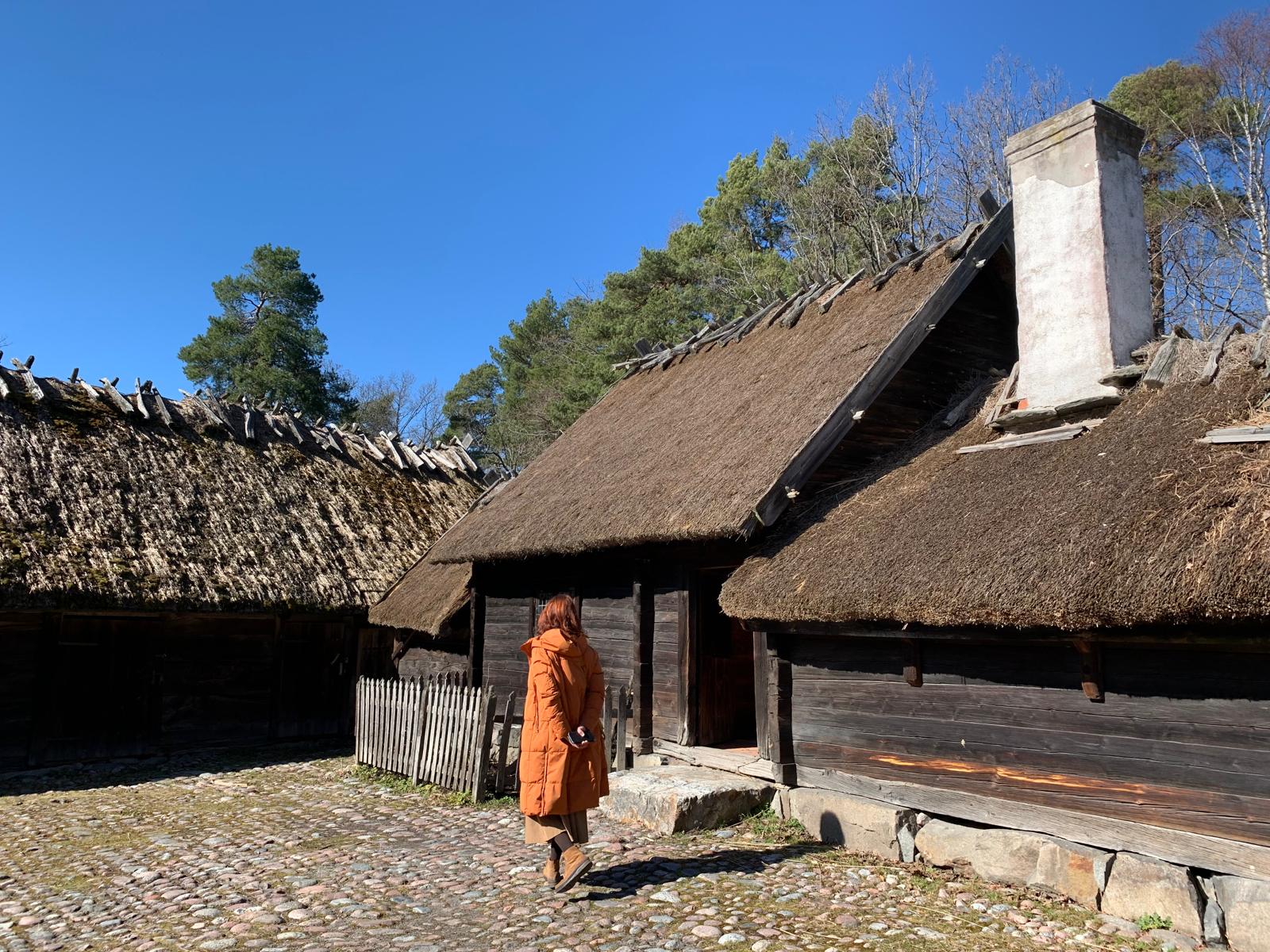Skansen, Stockholm
Stockholm’s trend-setting open-air museum Skansen brings together historic buildings from across the country as well as Nordic animals, traditional crafts, and family fun.
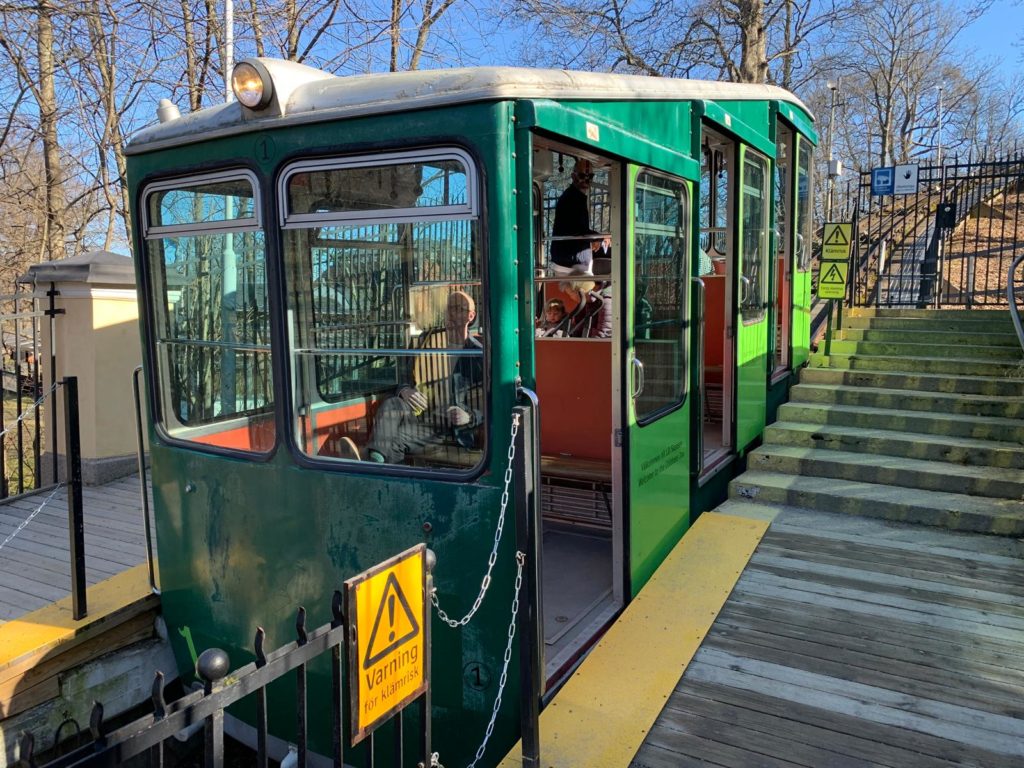
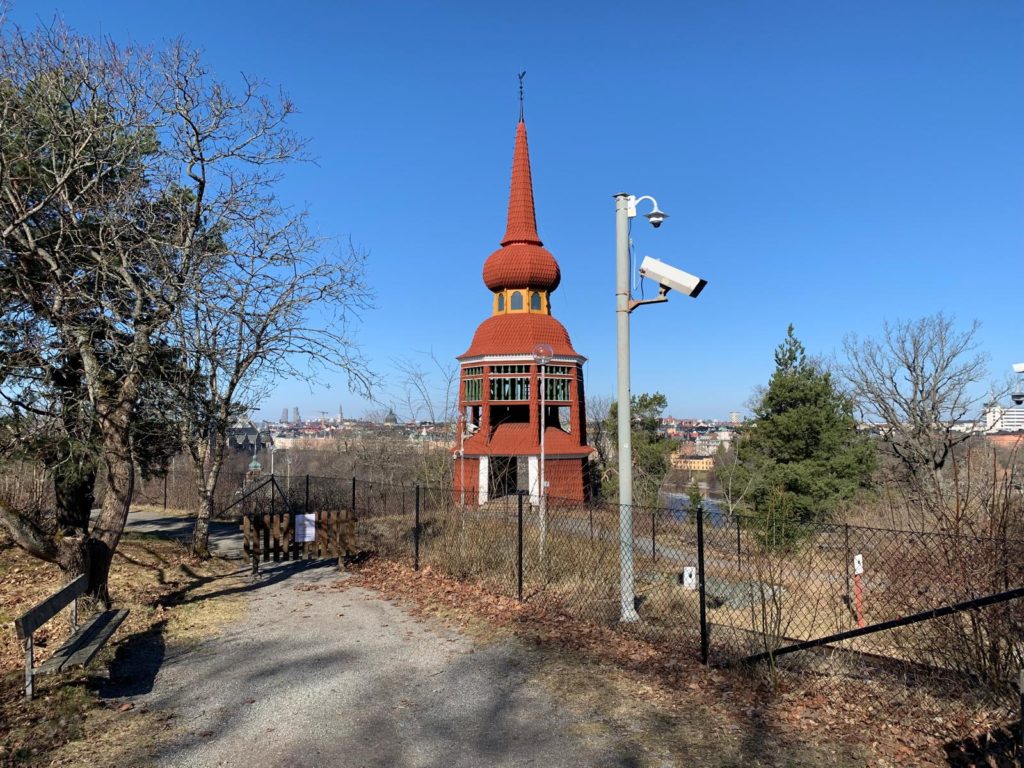
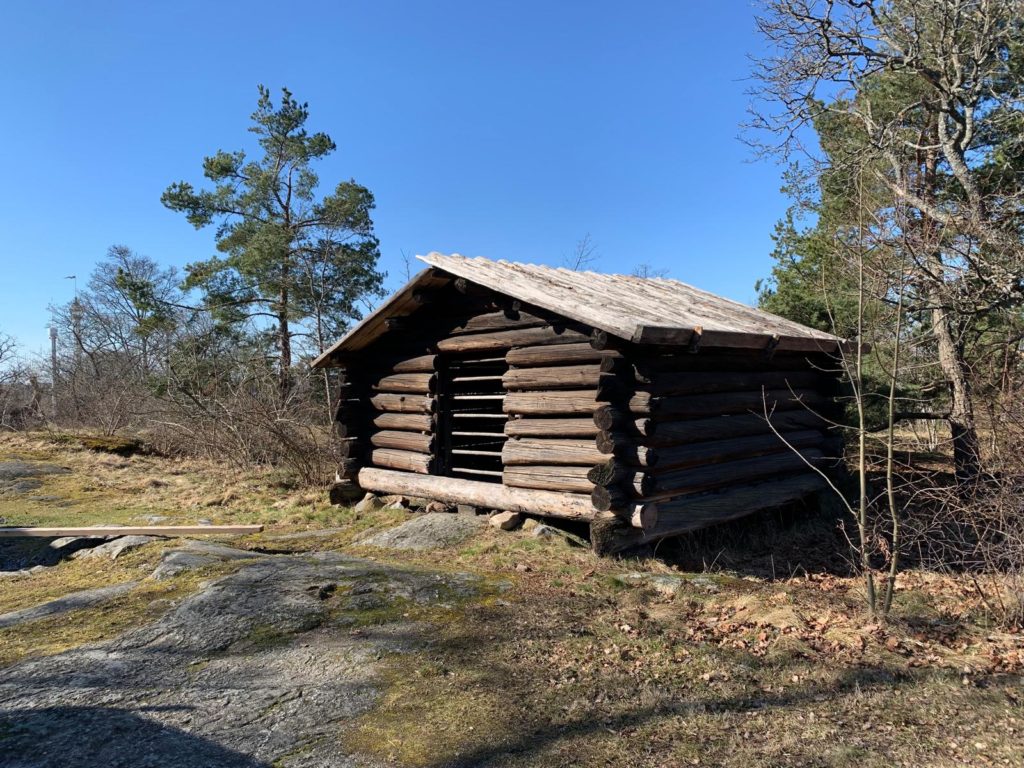
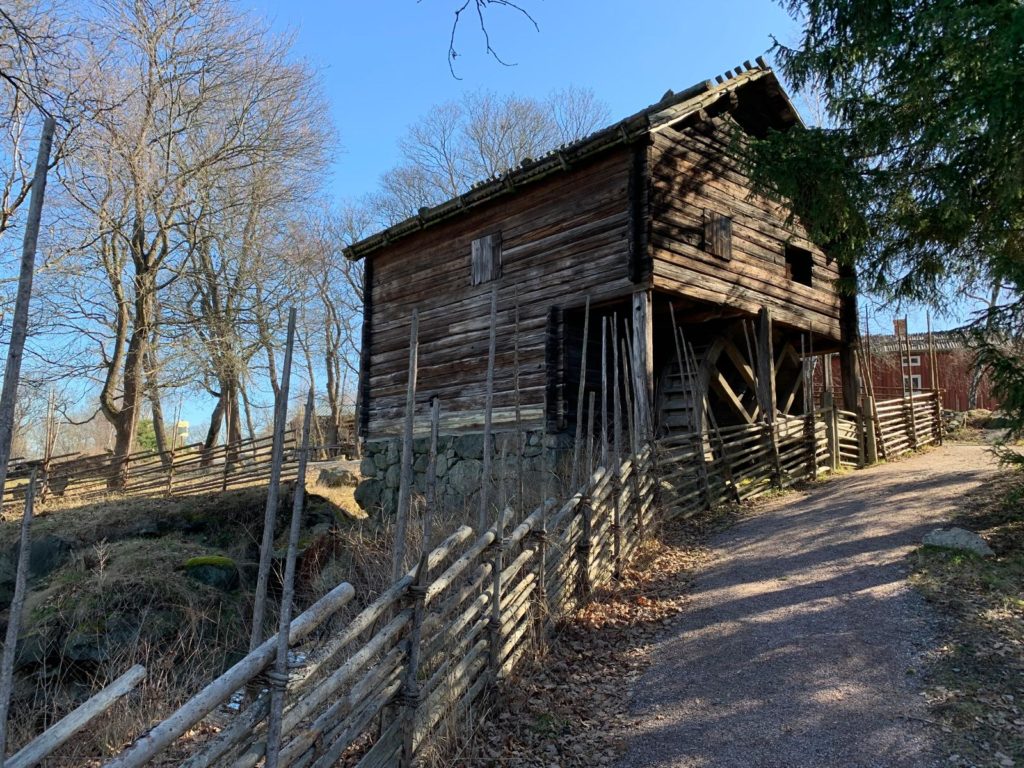
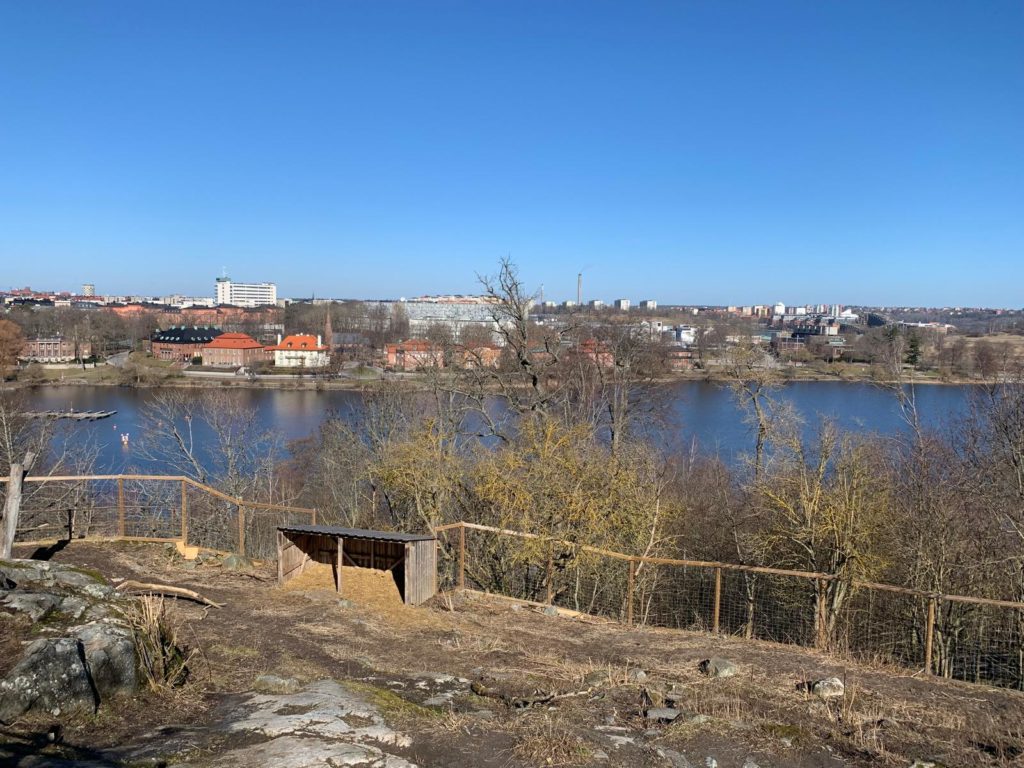
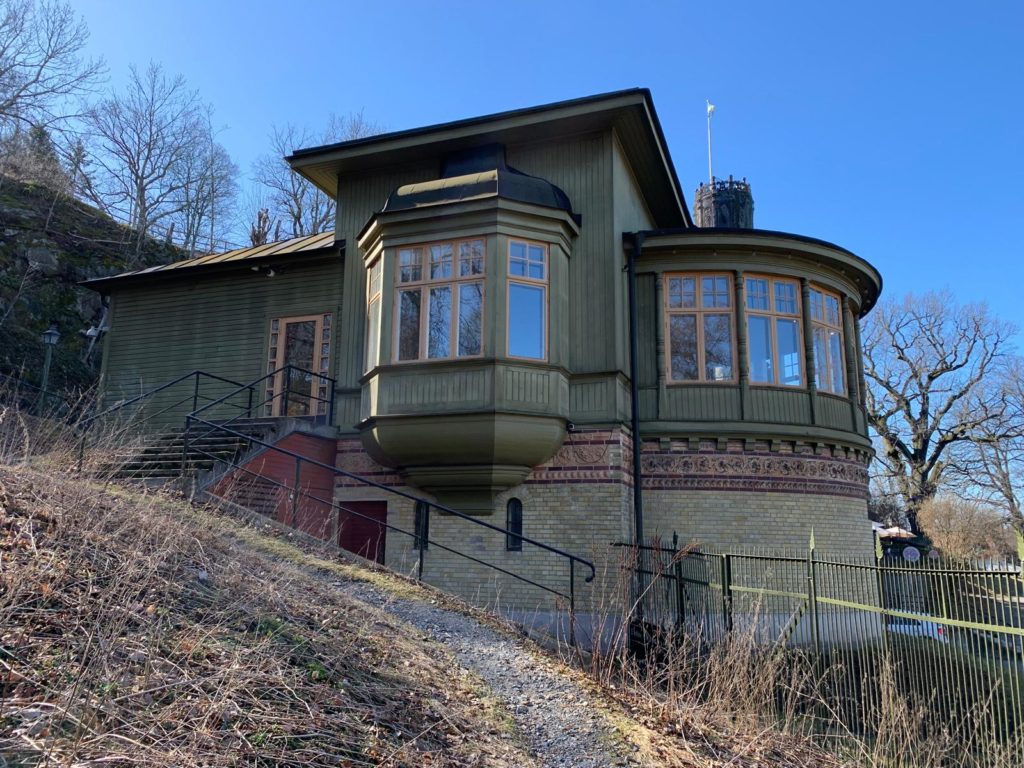
Skansen: The World’s Oldest Open Air Museum?
I feel a tiny bit miffed about this. All the sources I read before my trip to Stockholm indicated that Skansen is the world’s oldest open air museum. I love an open air museum, so I was very much looking forward to seeing the very first one! It’s only in doing some further research in preparation for this post that this claim to be the oldest seems more tenuous.
Let’s take a small step back. Skansen, on the island of Djurgården in Stockholm, is the work of Artur Hazelius. He also founded the Nordic Museum. In fact Skansen was part of the Nordic Museum until the 1960s. In founding two institutions focused on preserving heritage and traditions in the face of rapid industrialisation, Hazelius was a man of his time. The 19th century saw an explosion of national movements in art, literature and music. Things were changing, and people were pushing back against distant imperial/royal rulers. Promoting and preserving local traditions was a way to form national (as opposed to regional or ethnic) identities. At the same time different understandings of heritage, museums and preservation were coming about. Rapid modernisation was sweeping away traditional ways of life, to the great concern of men like Hazelius. Museums were an answer to formalising the preservation of things deemed ‘important’ and ‘at risk’.
And so the 1880 founding of the Nordic Museum (and later Skansen) make sense. Hazelius, a teacher, scholar and folklorist, travelled extensively in Sweden and noticed the erosion of traditional ways of life. He founded the Nordic Museum (originally the Scandinavian Ethnographic Collection) in 1880. In 1891 he founded Skansen, moving from preserving objects to preserving buildings by relocating them to Djurgården. However he was inspired in this by King Oscar II’s collection of historic buildings on public view near Oslo. This is now part of the Norsk Folkemuseum. So why does the Skansen website and various other sources cite Skansen as the oldest open air museum? Is it a technicality about which collection was formally a museum first?
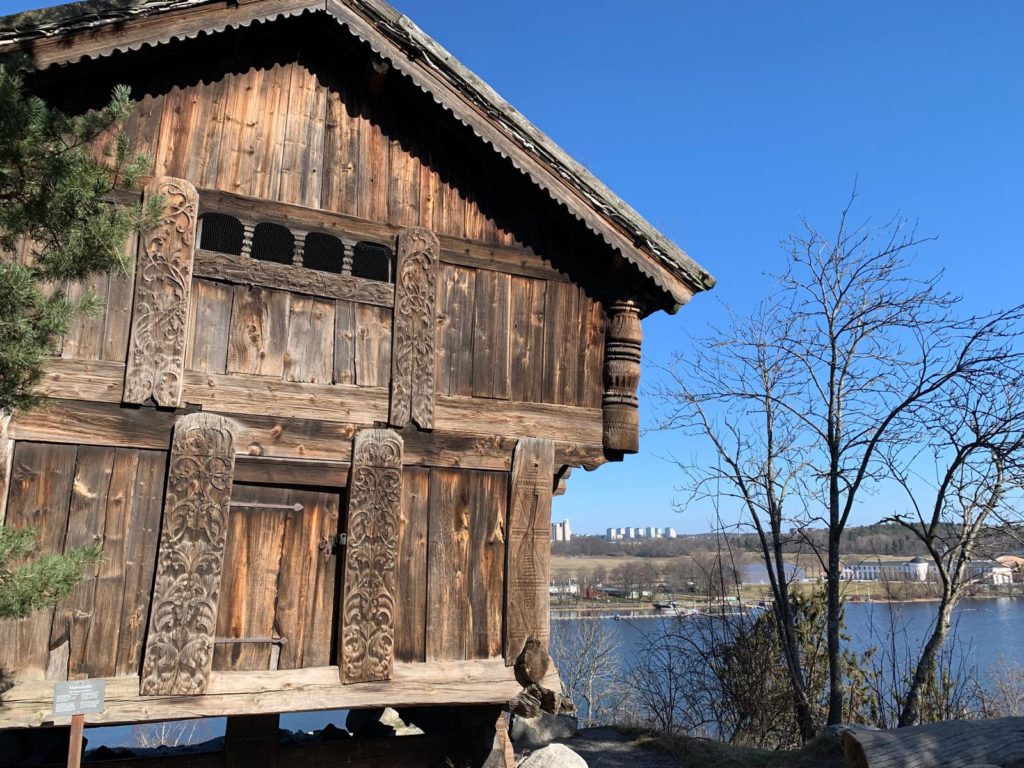
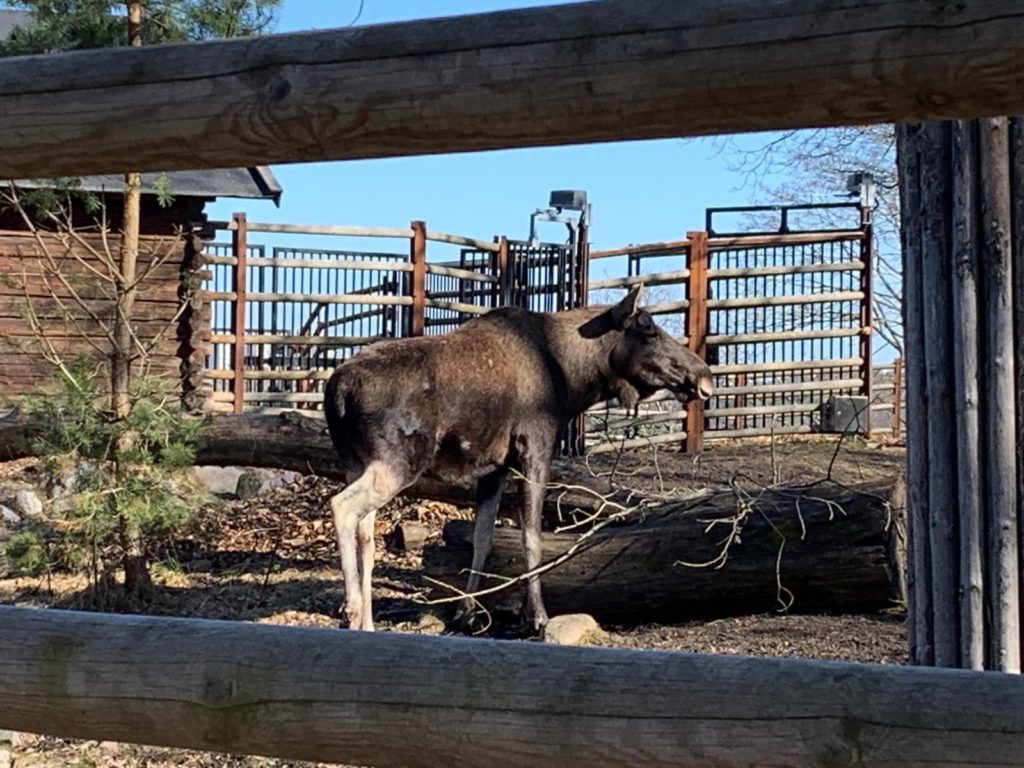
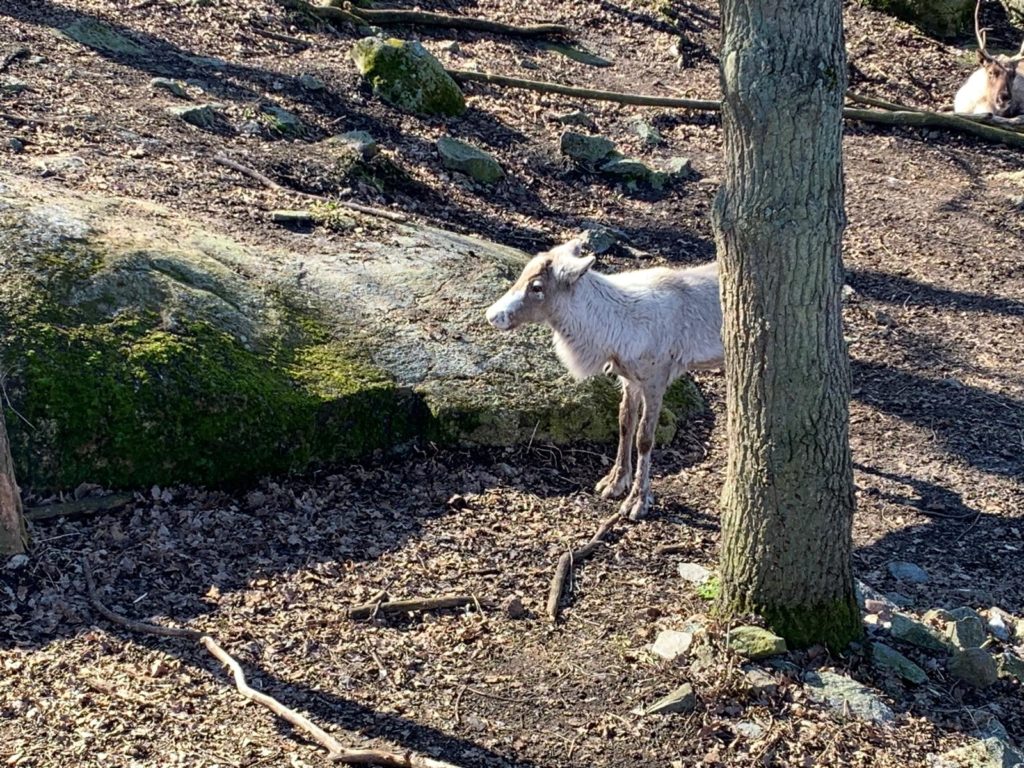
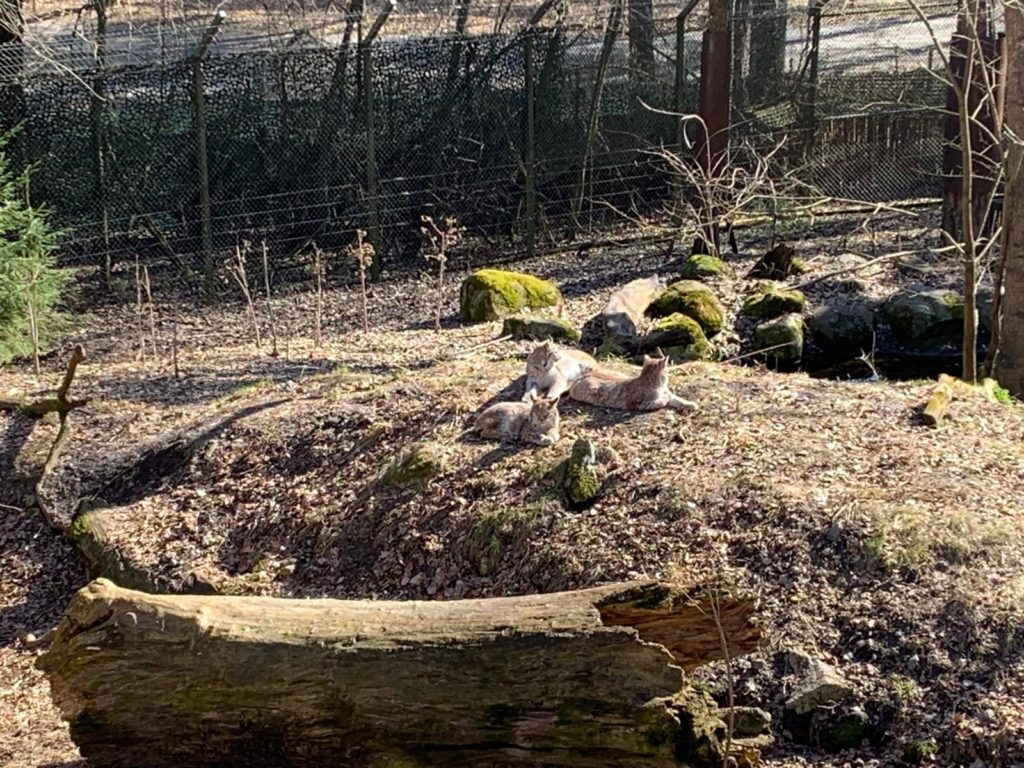
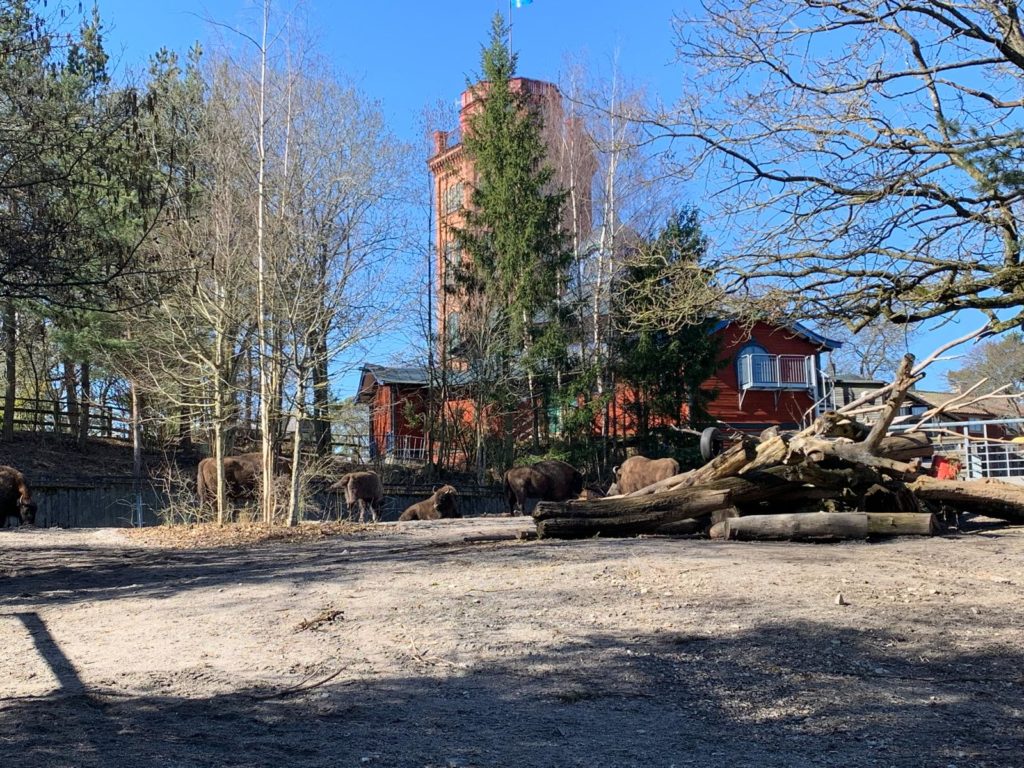
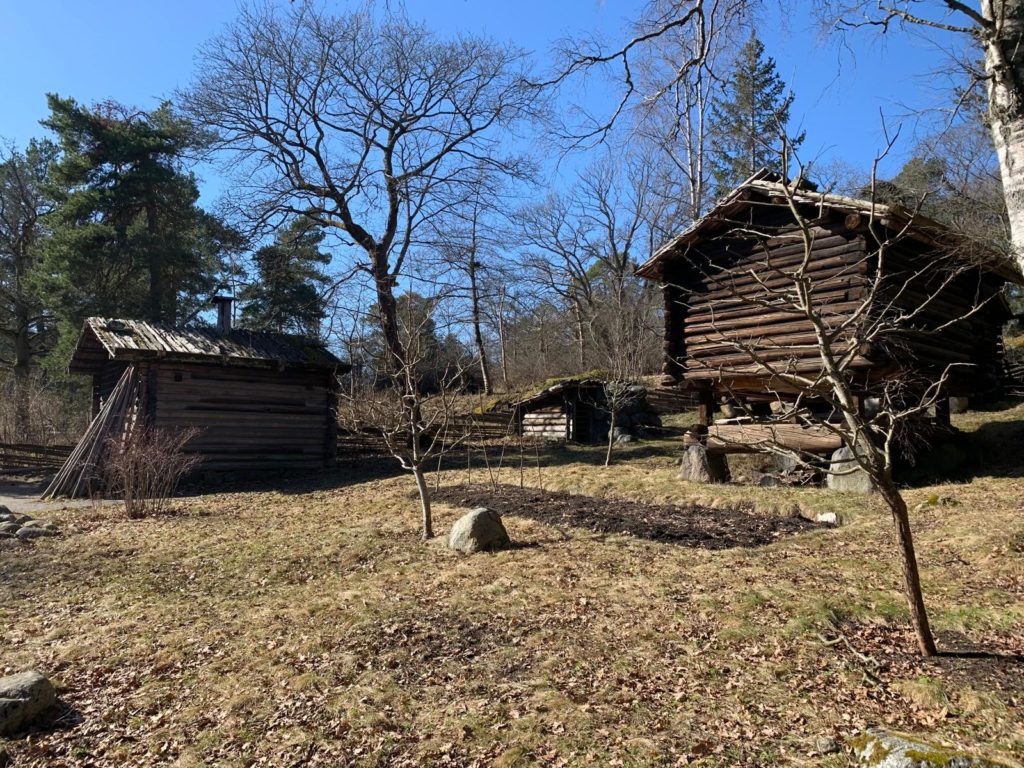
What Is In Skansen?
Let’s put these quibbles aside for a moment. Is it the world’s oldest open air museum? Maybe. It apparently depends how you look at it. But it’s definitely old, and this makes for some interesting historic oddities.
For instance, Sweden in 1891 wasn’t quite the same as Sweden today. Norway and Sweden were in a union until 1905, for starters. So some buildings are not quite from what we would consider to be Sweden. This history of shifting borders and colonialism within Scandinavia goes back many centuries, so you will also encounter buildings typical of Finnish settlers, as well as the indigenous Sámi.
All this to say that Skansen represents a sometimes broad view of Sweden, and is not limited to specifically Swedish building types. But it does have over 150 houses and buildings from all over Sweden, from as far back as the 14th century, and ranging from storehouses to manor houses. Only a handful of buildings are replicas rather than originals. The buildings are also open on a rotation, and contain objects from the Nordic Museum collection.
You might be surprised to learn how much more there is to Skansen than the buildings themselves. Firstly there is a model town: original buildings showing how people lived and worked in urban settings. Several of them operate shops, and some demonstrate traditional skills like pottery, glassmaking and baking. There are also demonstrations of traditions like music and storytelling. And then there’s the zoo. Visitors can see bears, moose, lynx, owls, and more. A few of the farmsteads also have local breeds of farm animals.
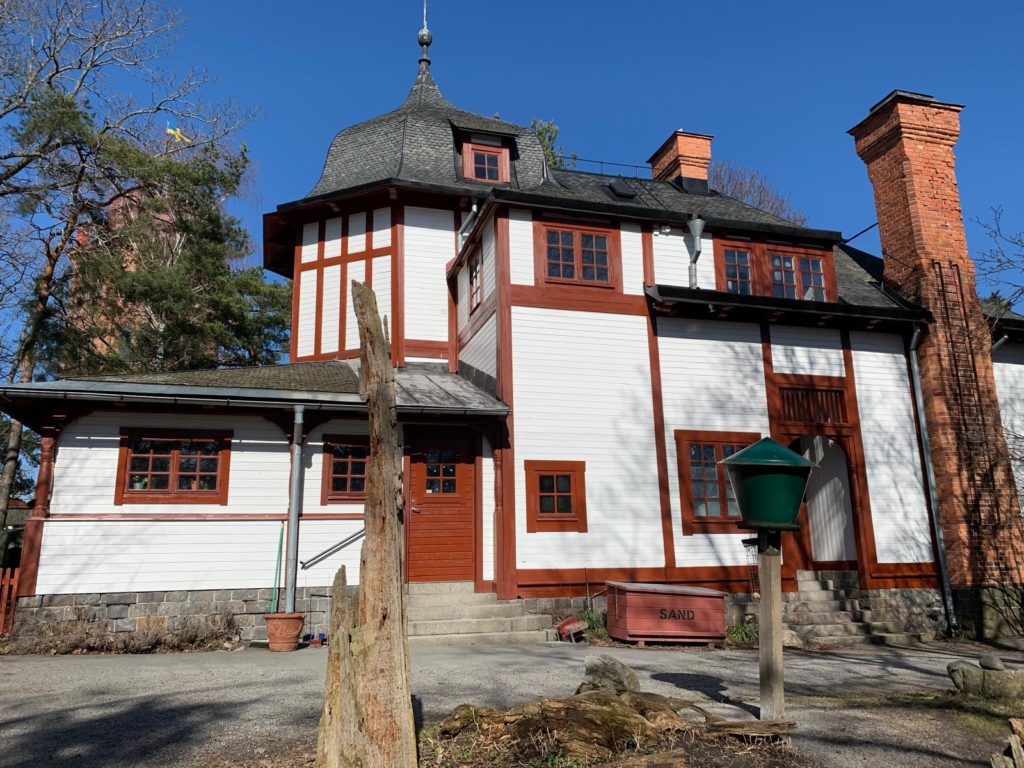
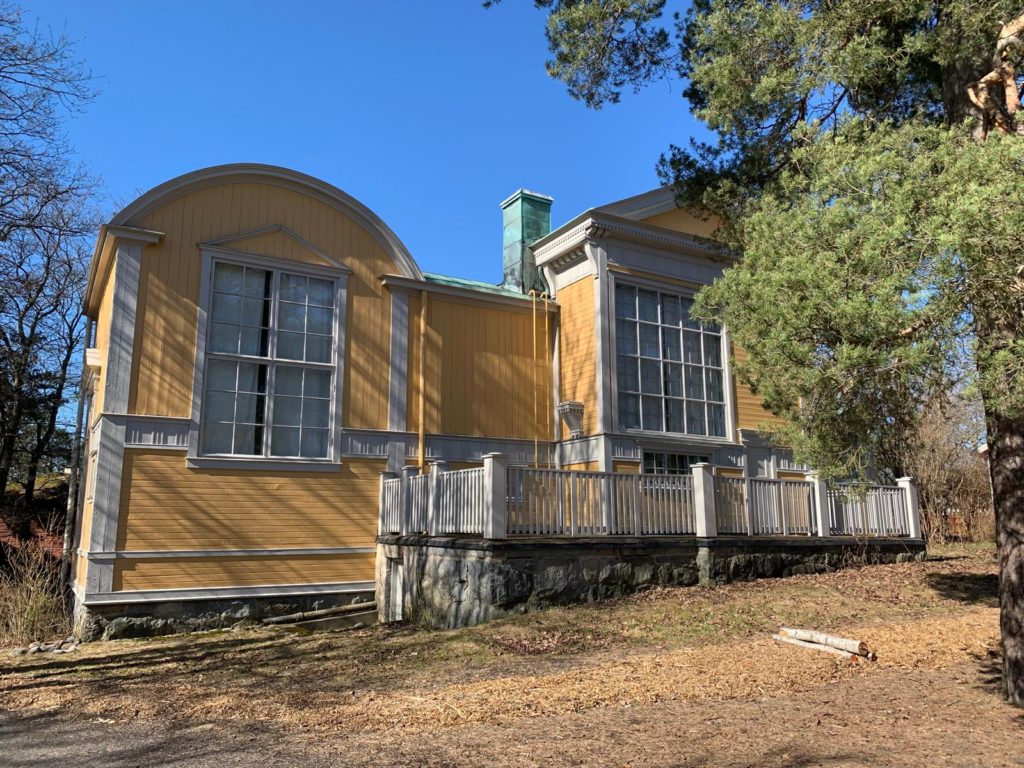
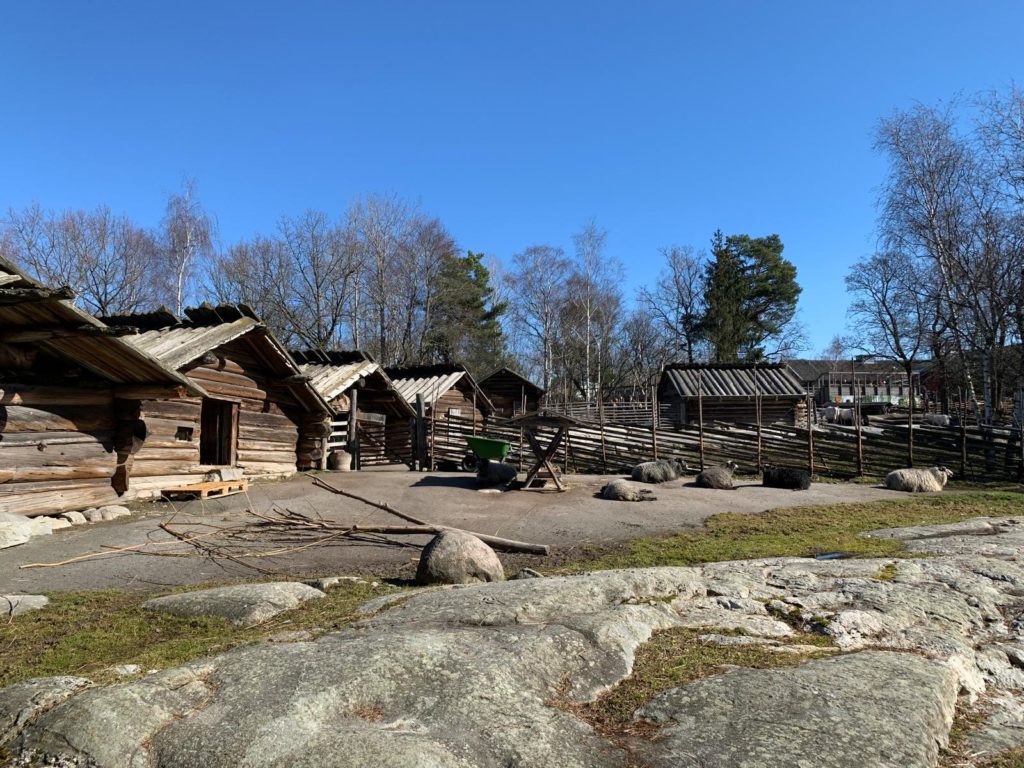
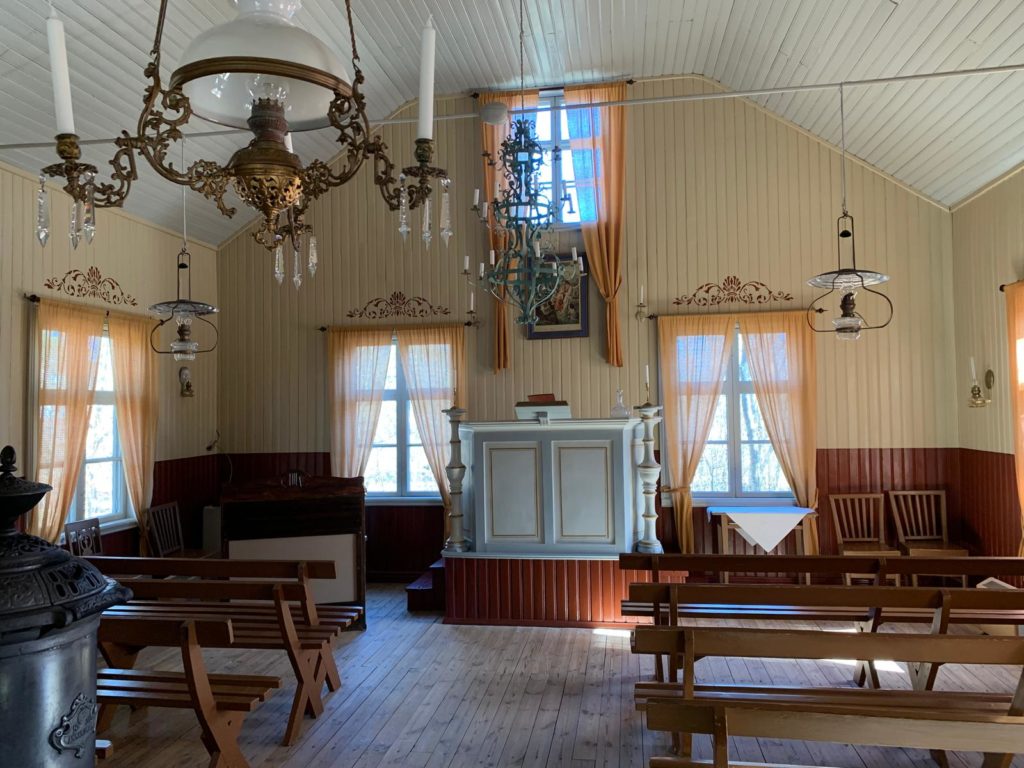
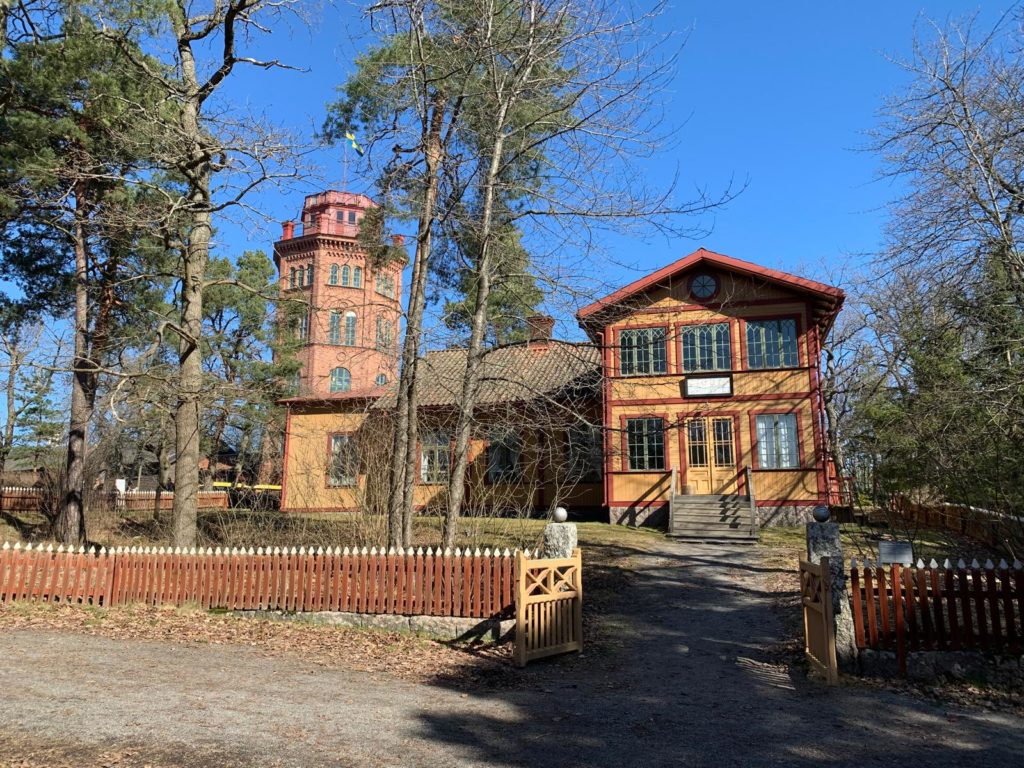
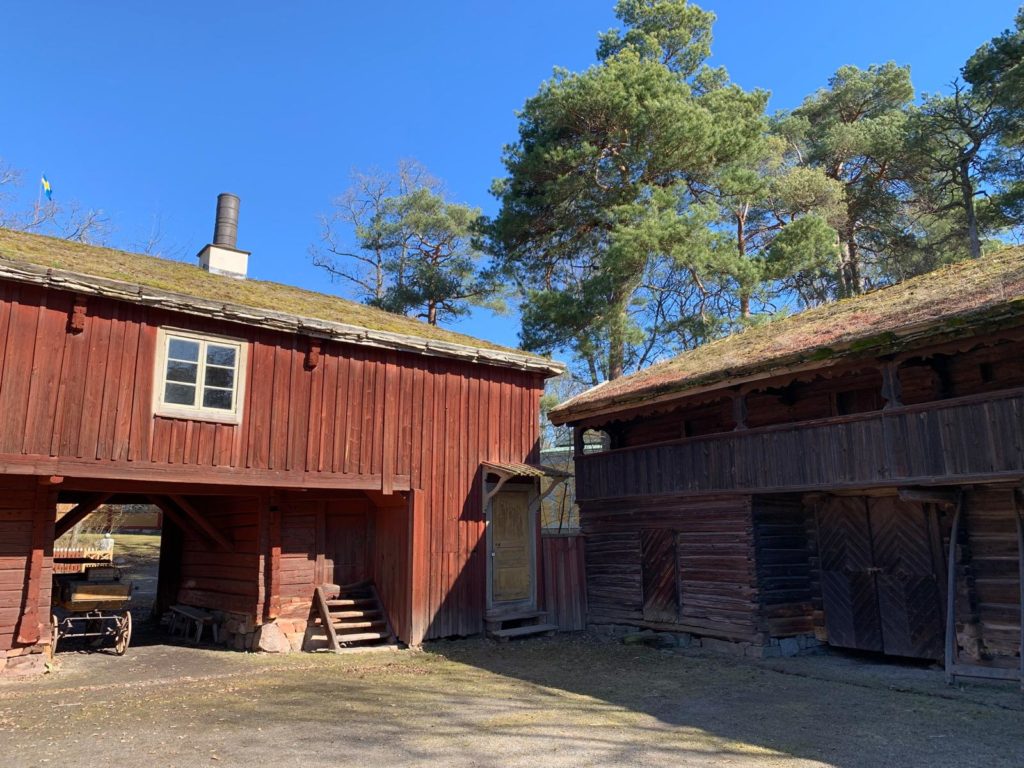
Planning a Day at Skansen
With all this in mind, a half day is the minimum you could spend at Skansen to feel like you’ve covered enough ground. A full day would not be out of the question. We entered Skansen through the gate opposite the Nordic Museum. This had the advantage of being able to take a historic funicular up to the top of the ridge. It’s otherwise a steep climb, so we felt rather smug. That is, until we soon ended up back down the hill in order to see some buildings. Wear comfortable shoes and prepare to get your steps in, is what I’m saying.
One drawback at Skansen is how few of the buildings are open. We visited on a holiday weekend with extra activities on, and still there were hardly any buildings we could enter. And unless you visit the website in advance and note them down, it’s not easy when you’re onsite to find out which they are. Compared to Reykjavik’s open air museum, where a much greater proportion of the buildings were open or at least could be peered into, it felt a shame to be looking at the exterior of so many. But I guess it would not be financially viable to have enough staff to monitor more buildings, particularly with museum objects within.
The amount of time spent outdoors is also a good reason to plan ahead. We deliberately chose the day with the sunniest forecast during our long weekend in Stockholm, which was a good idea. It was nice wandering around in the sunshine, and made it pleasant to eat lunch outdoors despite the chill. I could imagine not enjoying it as much in driving rain…
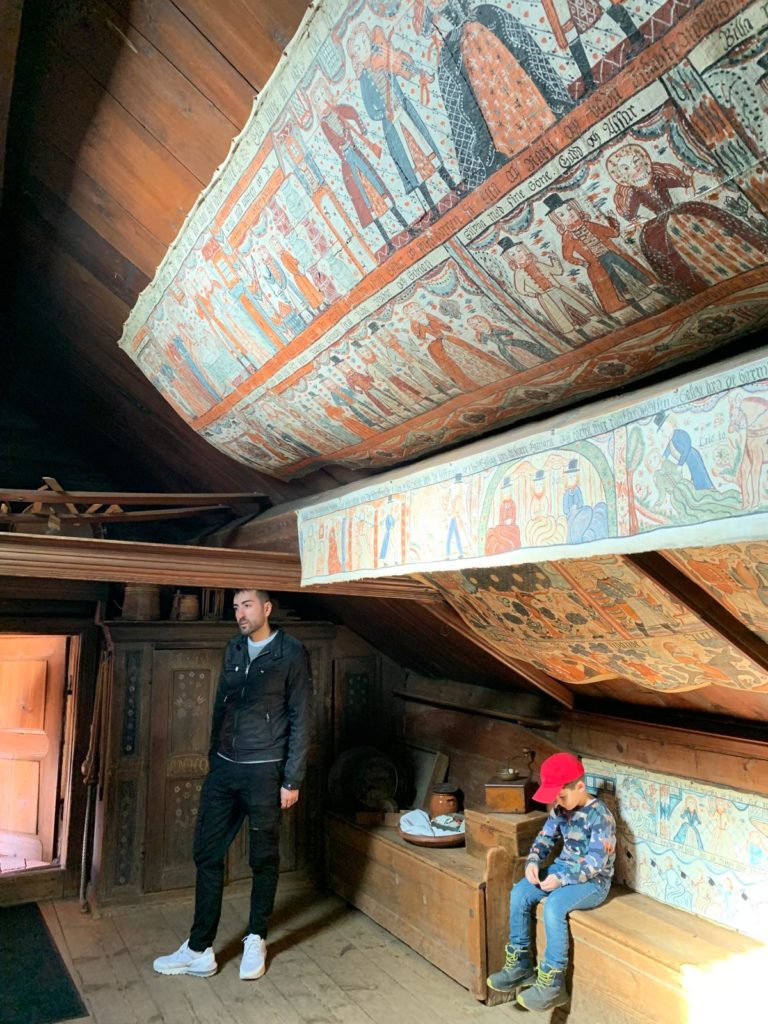
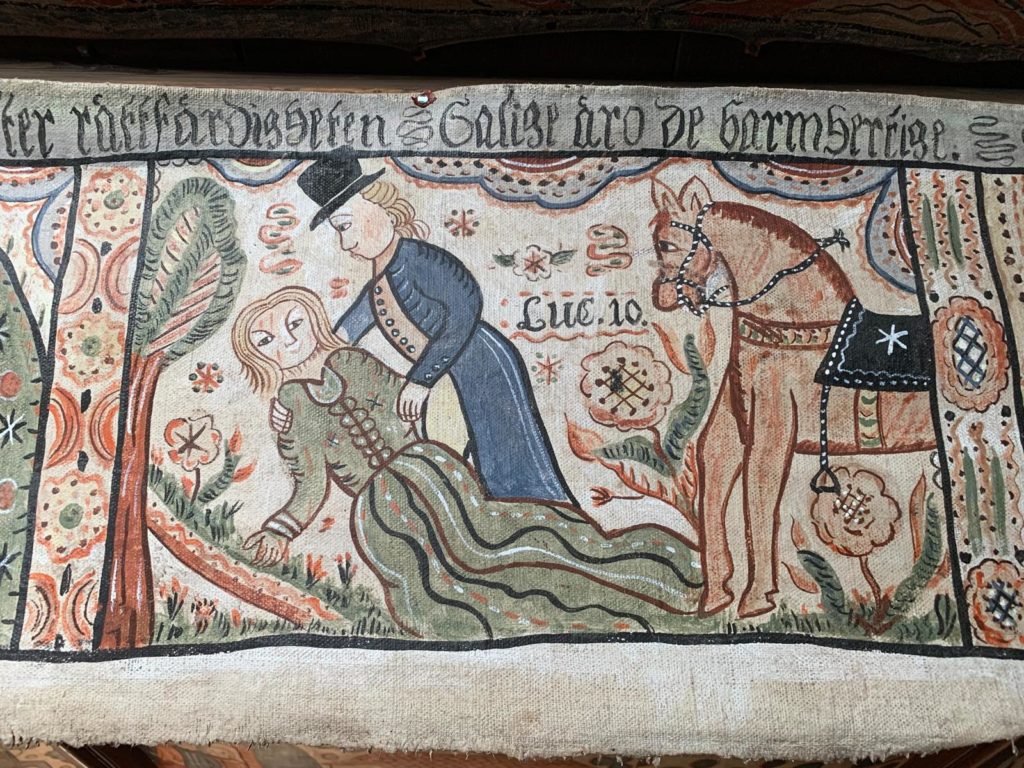

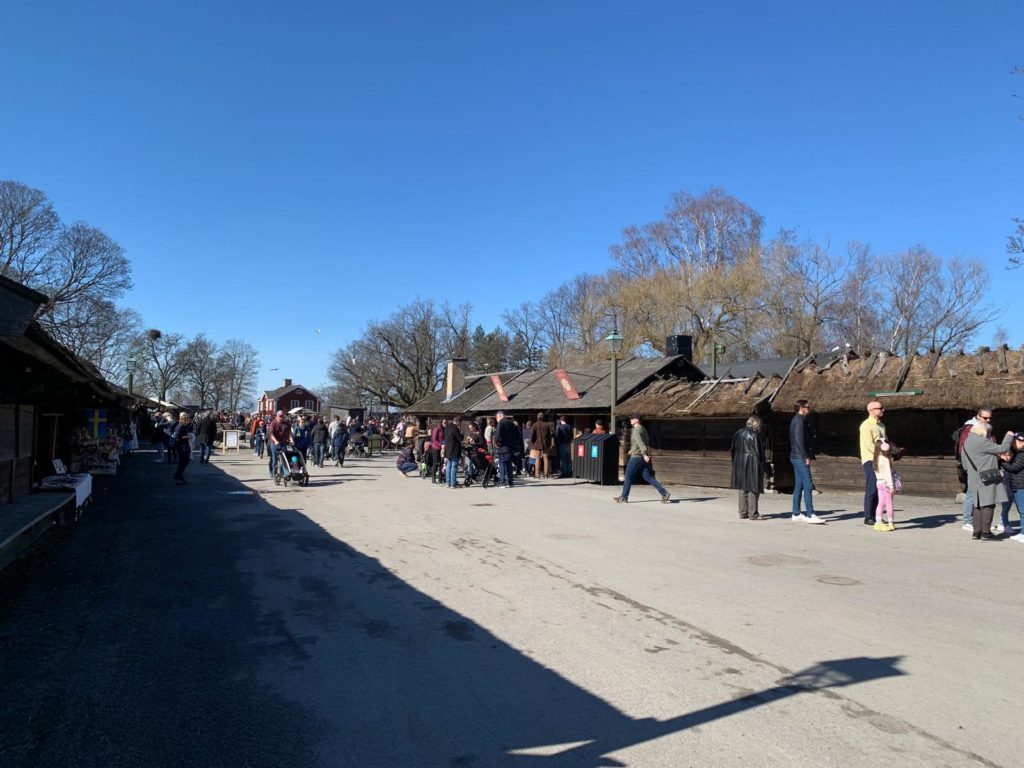
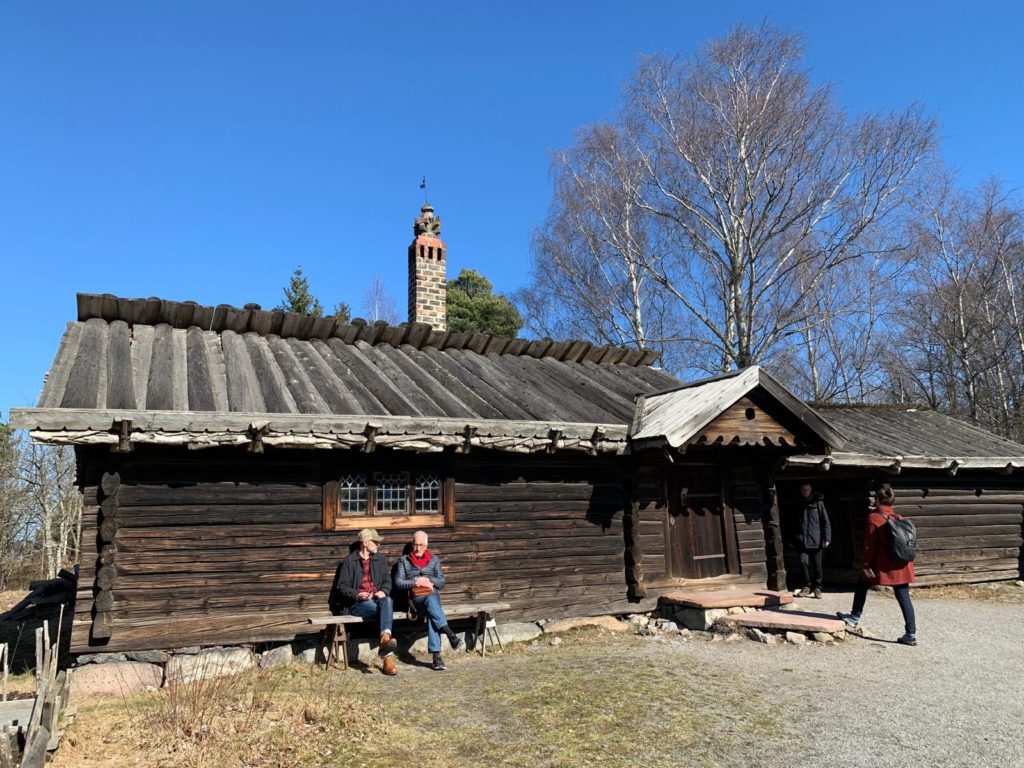
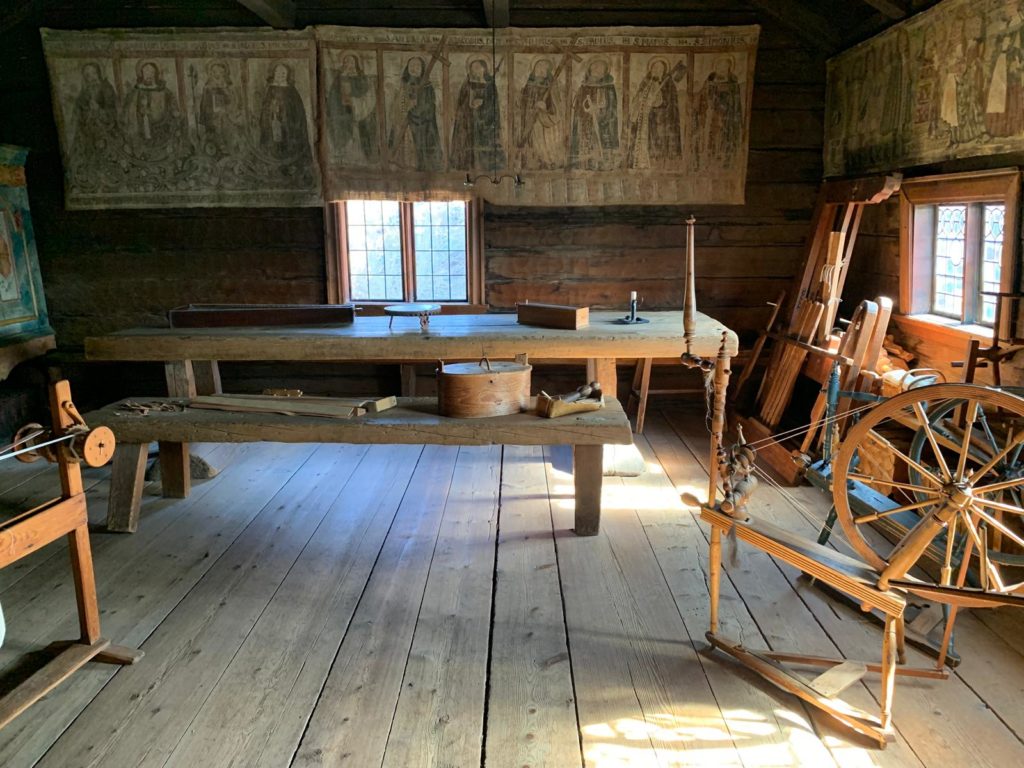
A Few Highlights
And then the only thing that remains is to plot a route. Grab a map at the entrance: you will need it throughout the day. It’s then like going to any zoo or amusement park or similar: you’ll plot a route based on your interests, trying not to double back more than is necessary. Our route took us around the periphery first, and we finished in the town. In hindsight I might have reversed this because we had run out of steam by the time we got there!
Further to what I was saying above, the buildings I enjoyed the most were the few that were open. The information panels are quite minimal: they mostly cover what the purpose of the building was, where it was relocated from, and a few facts about why it’s special. So it’s in getting inside the buildings that you really get a sense of how people lived or worked in them. The first open building we encountered was the Mission House. It dates from a period of increased religious freedom in the 19th century, and its simplicity was charming.
Further on, we enjoyed a musical performance at the Älvros Farmstead from Northern Sweden. Two fiddle players treated us to a selection of folk music as would have been played many a time in the farm’s combined living/sleeping space. And at the Oktorp Farmstead a host in historic costume explained the original paintings hung around the room: biblical scenes in contemporary Swedish dress. As well as the fact that grandparents often had a separate living space adjacent to the main room of the farm: the original granny flat!
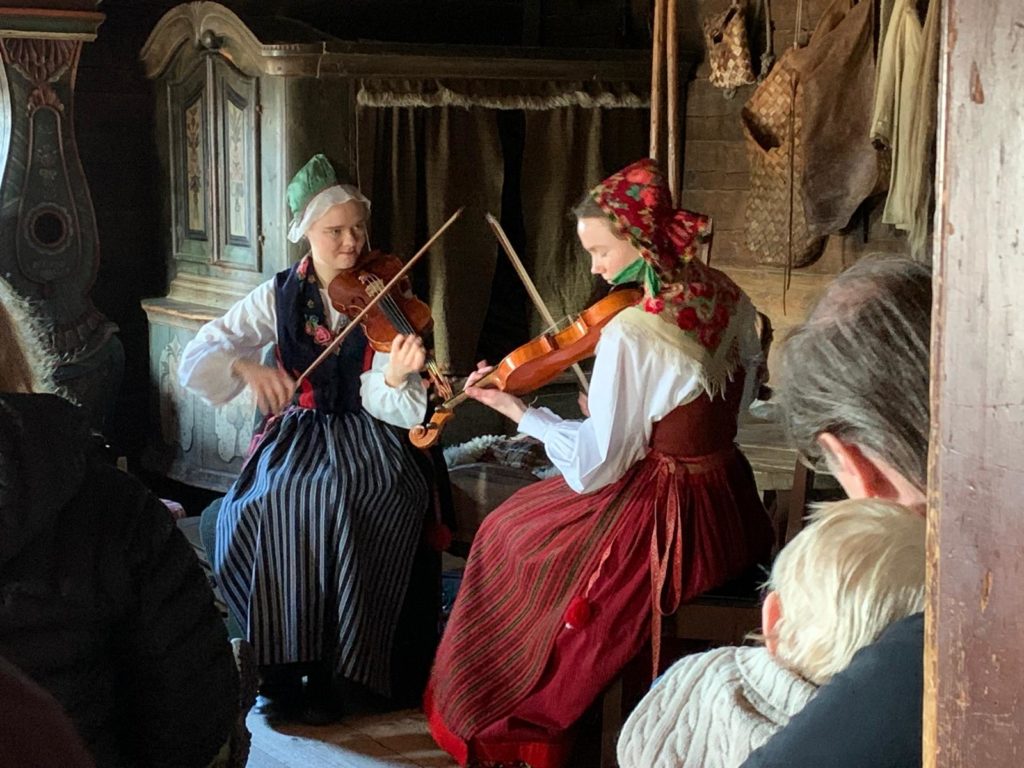
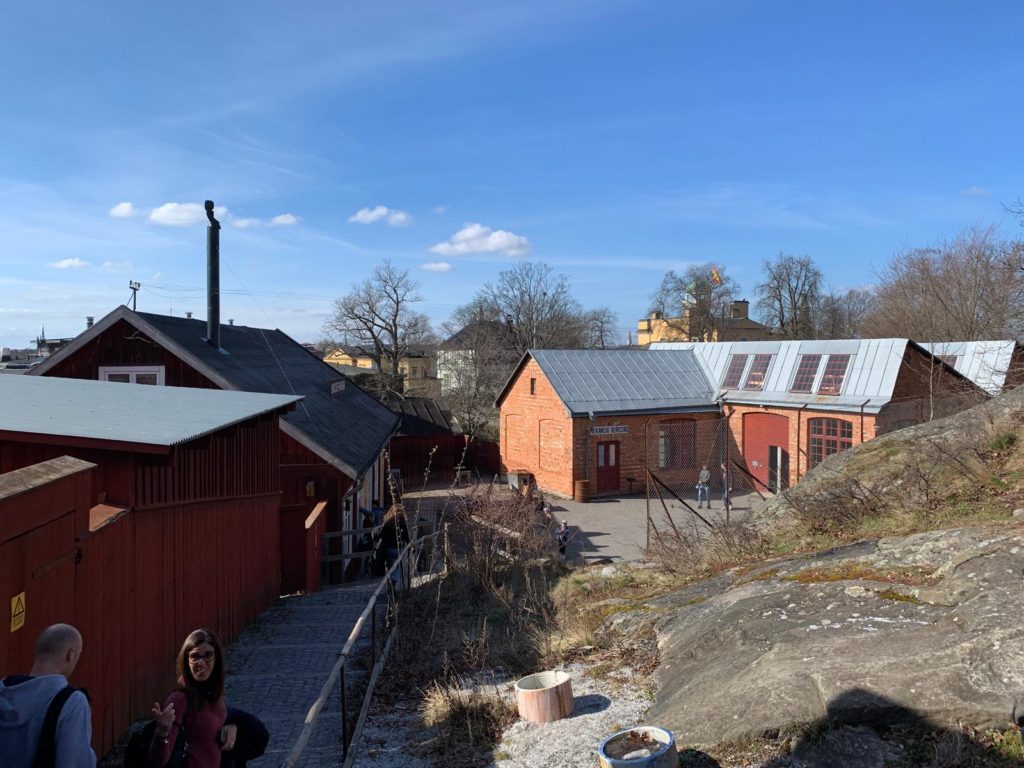
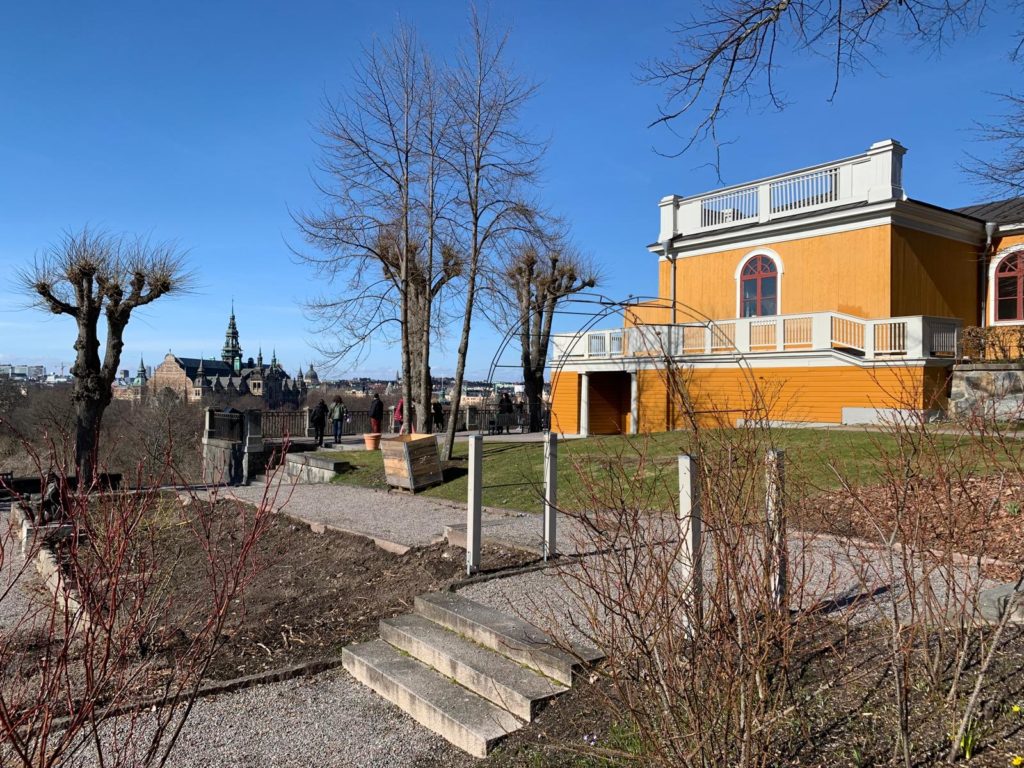
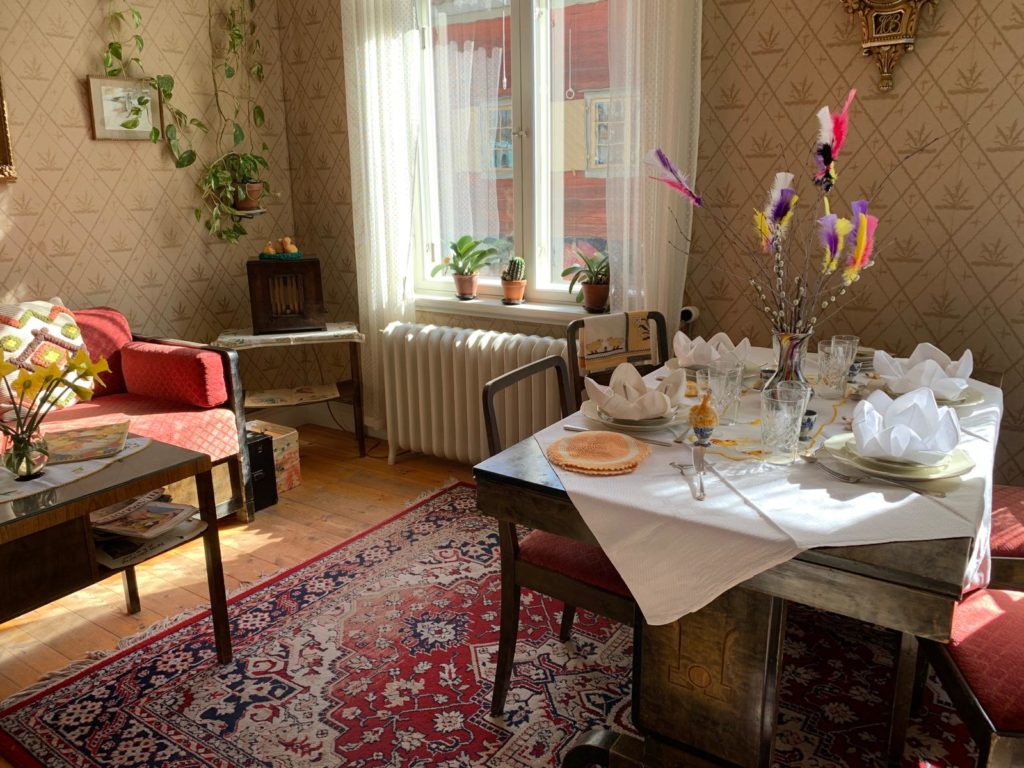
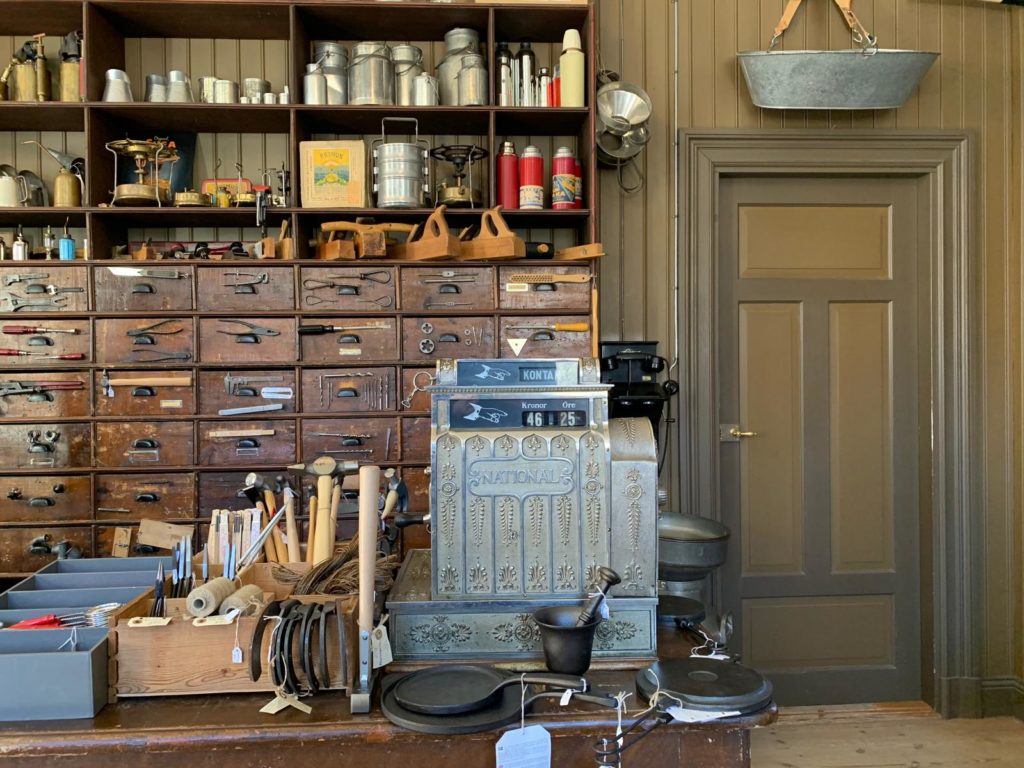
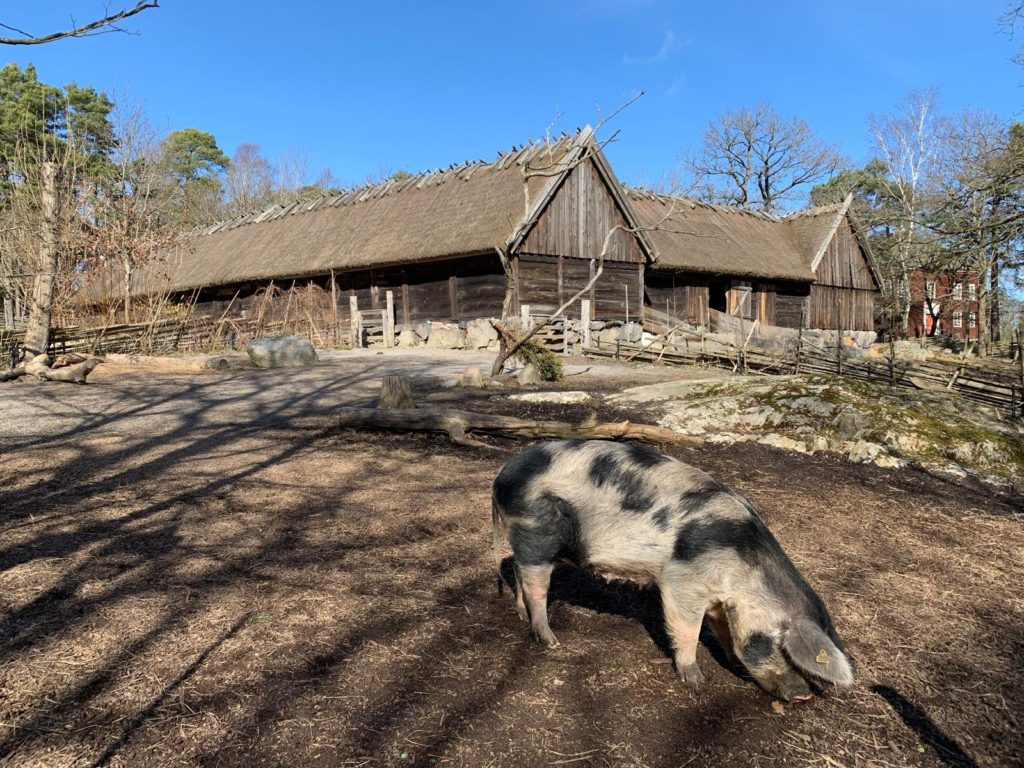
Final Thoughts
Despite my few gripes above, I did enjoy my half day in Skansen. It’s such a different museum experience wandering around in the sunshine, looking at buildings which have been relocated from their original location, but are still in an environment where you can imagine their original purpose. It’s even better when you can get inside, but with distractions like animals, food and handicrafts, there is enough to keep visitors well entertained.
And entertainment is a thought I keep coming back to. There are times when Skansen felt entertainment-first rather than museum-first. I think this is partly my reaction to the look and feel of the website, map and other collateral. And partly the feeling that it’s a place for family entertainment: nothing wrong with that, but I’m not the right demographic for it.
Regardless, if you have a half day spare (and even better if you’re already at one of the other museums on Djurgården), it’s worth visiting Skansen. Worst case scenario you can visit some animals, get a snack and do some shopping. Best case, you will come away with a much better understanding of Sweden’s heritage and attitude towards it, in the context of one of the first open air museums and a very 19th century preservation project.
Salterton Arts Review’s rating: 3/5
Trending
If you see this after your page is loaded completely, leafletJS files are missing.

